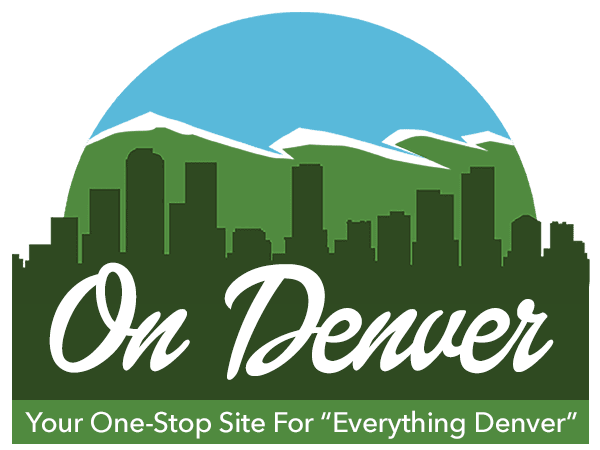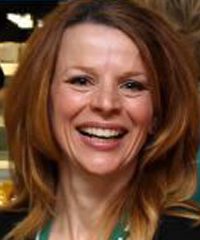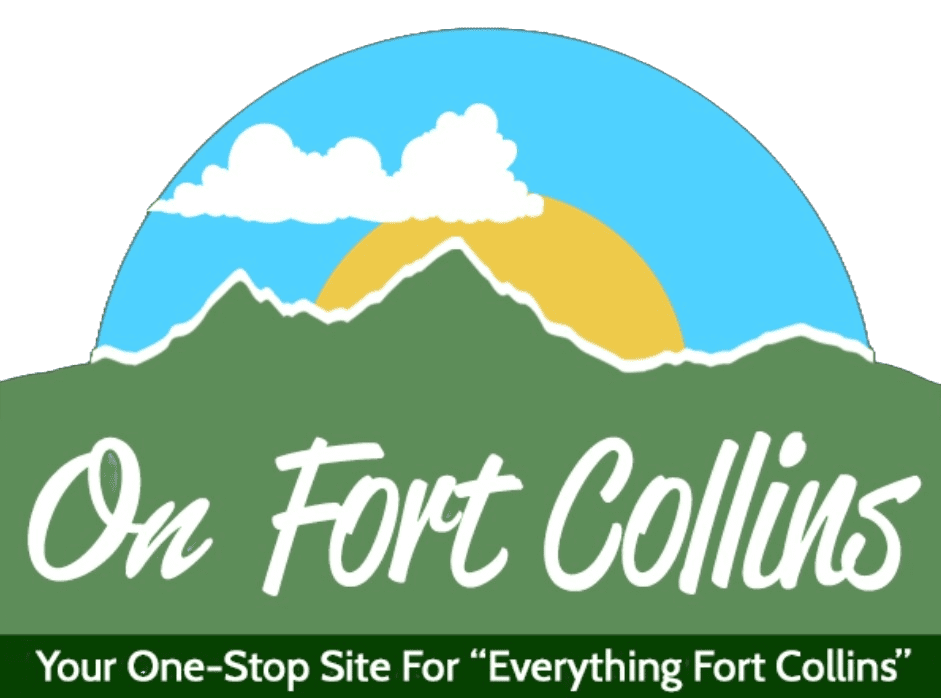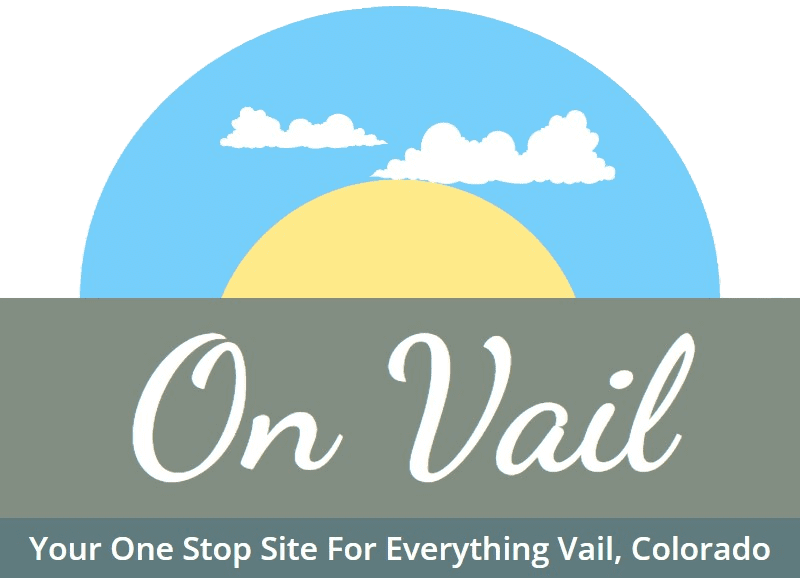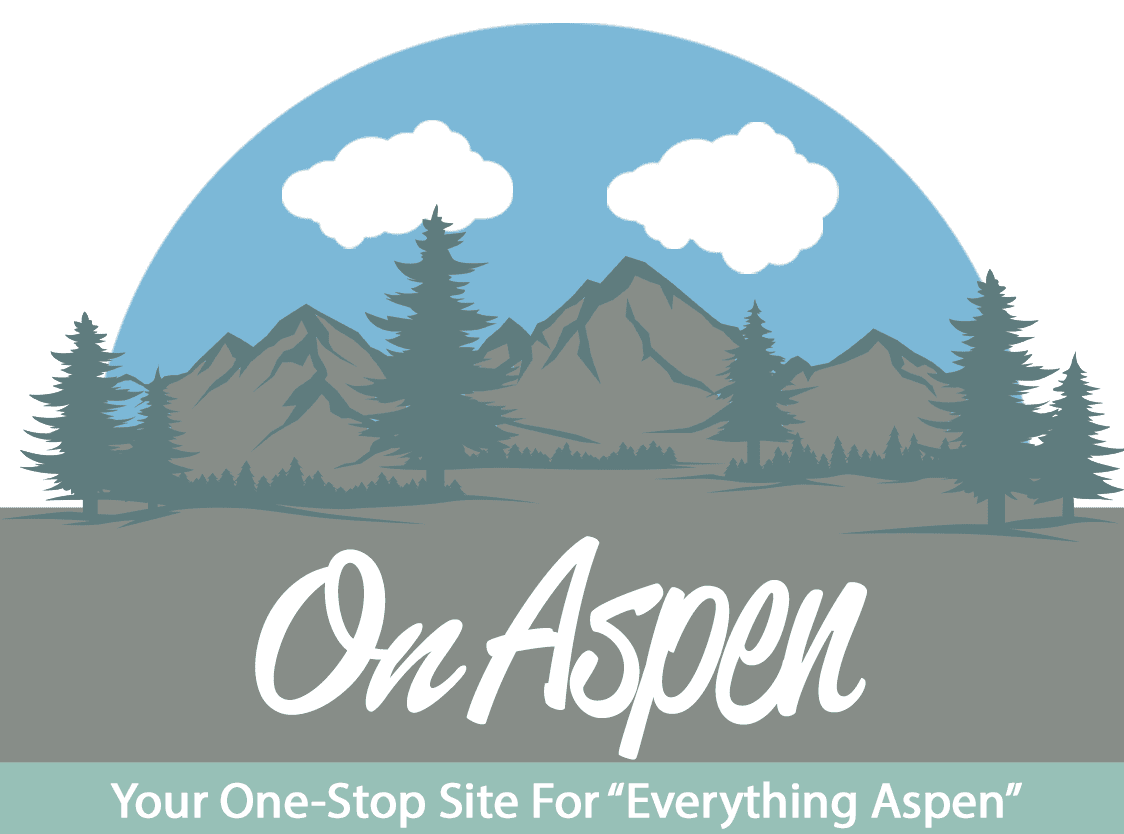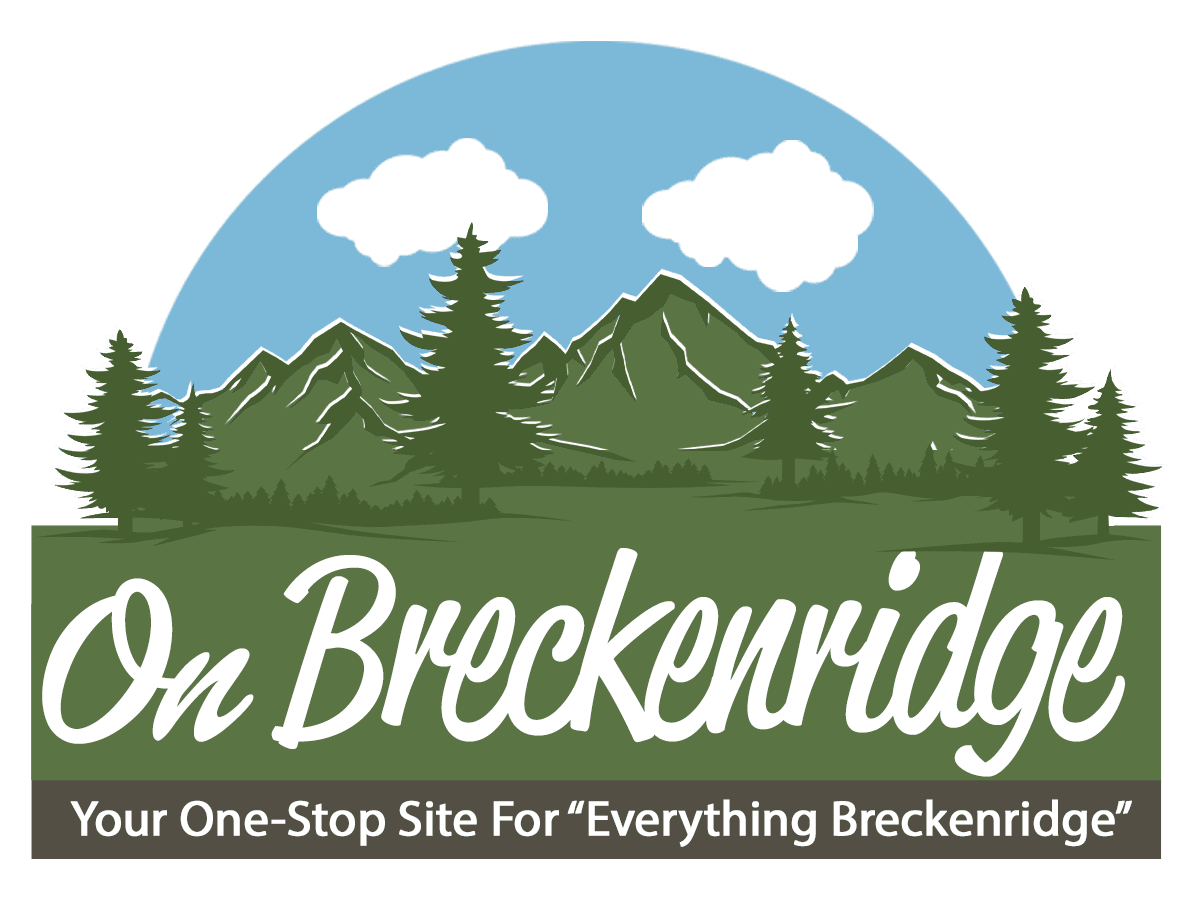The Evolution of the Active Lifestyle
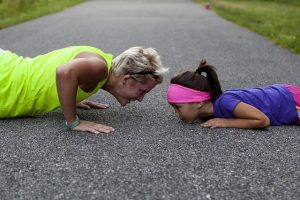 As a young adult, I taught multiple fitness classes and played recreational soccer. At that time in my life that much physical activity was not only desired, it was a great way to expend my abundant energy. As I’ve aged, I’ve noticed shifts in my physical activity levels and preferences. You may have noticed that, as you age, your interests have shifted as well.
As a young adult, I taught multiple fitness classes and played recreational soccer. At that time in my life that much physical activity was not only desired, it was a great way to expend my abundant energy. As I’ve aged, I’ve noticed shifts in my physical activity levels and preferences. You may have noticed that, as you age, your interests have shifted as well.
Changes in your activity level and interests are normal. As we age, there are some activities that become more difficult or risky. For example, if you were a wrestler in your youth, you are not likely able to tolerate the physical demand of the sport in your 30s, 40s and beyond. Let’s consider some of the reasons our exercise needs change over time.
Injuries that impact your ability to participate in sports or physical activity may force you to change your activity plan. Even if an injury doesn’t end your sports career, there may be pain or other discomfort associated with physical activity related to injury.
Aging. Once we reach the age of 35, changes in muscle and connective tissue occur. These changes cause the cells in our muscle and connective tissue (ligaments, for example) to lose their ability to function or at least begin to function abnormally. Connective tissue changes, becoming stiffer. This makes the organs, blood vessels, and airways more rigid and tissues have more trouble getting oxygen and nutrients and removing carbon dioxide and other wastes. In short, we become less efficient in our response to exercise – how we execute it and recover from it.
Energy changes. As mentioned above, changes occur in our ability to respond to exercise. Our cardiovascular capacity changes and having children not only saps energy, but also means we don’t always have time for the activities we enjoyed before children. On the flip side, we might find exercise that we didn’t enjoy as a younger adult more appealing as we age. As a young woman, I found yoga a struggle because it was a challenge to sit still and quiet my mind. In my 40s quieting my mind and body became much easier, and I enjoyed yoga practice more.
Physical activity interests. As we age, sometimes we change our minds about physical activities we once enjoyed. If you are old enough to remember the days of aerobics, you may remember how much fun the classes were. You may also remember that there was a lot of jumping up and down. Our interest in exercise may evolve to a kinder, gentler form of exercise as we age. We may replace running with walking, high impact aerobics with lower impact classes like step aerobics, Zumba, or martial-arts style workouts.
Accessibility. Young adults have access to sports, activity groups, and “pick up” activities like basketball or other sports where participants show up and play with anyone else who is available. As we age, we have fewer opportunities for these types of activity groups, but our access to gym memberships, worksite fitness opportunities and other options may increase. Changes in access to fitness activities influences the likelihood that we will participate in them.
The bottom line: Adults 18-64 need 150 minutes of physical activity per week. As you grow and change as an adult, your physical activity interests may change, but that doesn’t mean your commitment to physical activity has to change.
